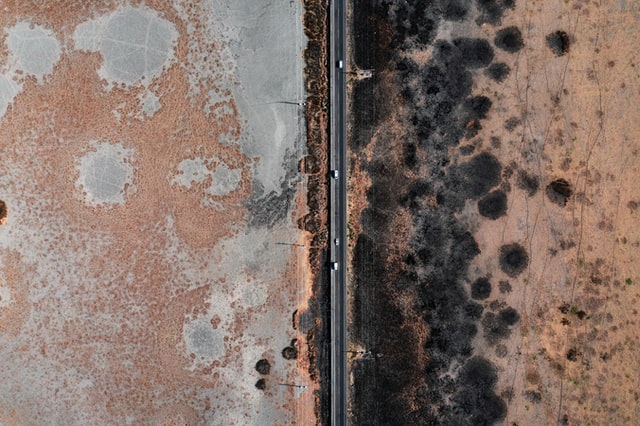Does your home hide an invisible enemy that could harm your health and damage your living space?
Knowing how to tell if a house has mold is key for homeowners. Mold is often hidden, showing up too late. To find mold, you need to watch closely and know where to look. Look for signs like stains, peeling wallpaper, musty smells, and mold spots in damp places like basements and bathrooms.
A good mold inspection checklist helps you spot problems. Even small signs, like soft floors or dark grout, can mean big issues. Fighting mold early keeps your home safe and healthy. Find these hidden dangers to keep your home safe.
Common Signs of Mold in Your Home
Spotting mold in your home needs you to be alert and know what to look for. Visible dark spots or patches on surfaces are a big clue. These can be black, green, brown, gray, white, blue, or yellow. They might feel slimy or furry.
A musty smell is another sign. It’s caused by the gases that mold releases. These gases are called microbial volatile organic compounds (mVOCs).
Physical signs in your home can also warn you. Warped walls or floors that feel soft are signs. Darkening grout in bathrooms and bubbly wallpaper are also clues. Past floods or leaks raise the risk of mold, with water stains being a clear sign.
Look closely at areas like attics, basements, and crawlspaces. Also, check under sinks and around appliances for mold. Any discoloration, dampness, or mold patches are red flags.
But spotting mold isn’t just about what you see. Changes in paint or drywall texture can hint at water damage. Rust or black spots in air vents and stains on wood are also signs. Discoloration of floor molding and sheetrock is another clue.
A musty smell can mean mold is hiding, even if you can’t see it. This smell is a strong warning.
Regular checks, especially in wet areas like basements and bathrooms, are key. Mold loves damp, humid places. Leaky pipes and weather damage can cause these conditions.
By knowing these signs and why mold grows, you can act fast. This helps keep your home safe and healthy.
Health Symptoms Related to Mold Exposure
Being exposed to mold can cause many health problems. It’s important to spot mold symptoms early. Black mold can lead to breathing issues like coughing, wheezing, and trouble breathing. These problems are worse for people with asthma or other breathing issues.
Mold can also trigger allergic reactions. Symptoms include itchy eyes, a runny nose, and skin irritation. These signs suggest mold might be in your area.
Long-term exposure to toxic mold can cause symptoms like a cold or flu. These include headaches, constant tiredness, fever, and chest pain. These issues show why fixing moisture problems at home is key to stopping mold.
Mold spores thrive in moist, organic-rich environments, like homes. Moisture sources include roof leaks, plumbing issues, damp basements, and poor ventilation. Ignoring these can increase the risk of mold exposure symptoms.
Knowing the signs of black mold and other mold-related health issues is crucial. The Environmental Protection Agency (EPA) suggests getting rid of moldy materials like drywall and carpeting for effective cleanup.
If you notice mold symptoms in yourself or a family member, check for hidden mold. Make sure your home is well-ventilated and dry. Regular checks and upkeep can prevent mold problems and keep your home healthy.
Conclusion
Dealing with mold at home needs a careful plan that starts with being watchful and keeping up with regular upkeep. Spotting mold signs like color changes, odd smells, and health issues is key. Catching mold early and acting fast can stop it from spreading and harming your health.
Getting rid of moisture is the first step in stopping mold. Keeping your home dry and well-ventilated helps prevent mold from growing. If you have a big mold problem or suspect toxic mold, getting help from experts is wise.
Stopping mold growth is a continuous job that includes regular cleaning and managing moisture. Make sure bathrooms and kitchens have good air flow. Fix leaks fast and keep humidity levels low. Regular checks and upkeep are key to keeping your home safe and healthy.
In short, knowing about mold, its health risks, and how to prevent it can greatly lessen its impact on your home. By keeping your living space clean and dry, you protect your family’s health and your home’s value.







